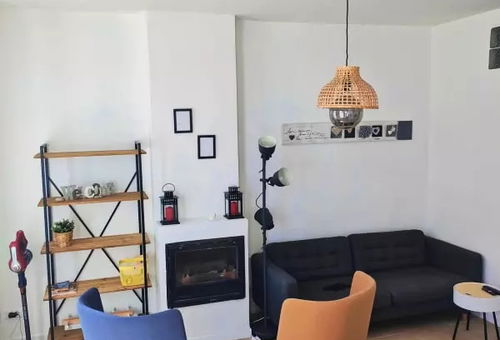The geography of Marseille
Marseille is certainly the second most famous city in France after Paris. It is located in the south-east of the country, in Provence, of which it is the chief town. With its exceptional geographical location, the city and its port have always been considered as strategic in economy and trade in the Mediterranean.
As we all know, Marseille is located on the shores of the Mediterranean. The city developed itself around its port before expanding to the immediate heights on the hills of Pharo and La Garde. Indeed, several districts of the 6th and 7th district of the city are rightly located at the top, on the slopes and below this second hill, namely Saint-Victor, Endoume, Bompard and Vauban.
In 2600 years of existence, the old Phocaean city has become a major metropolis, the second largest in France, occupying an area of 240,000 km² and inhabited by nearly a million people in the intramural Marseille . We do not count here the neighboring townships, which are part of Marseille’s conglomeration like Pennes-Mirabeau, Septèmes-les-Vallons, Plan-de-Cuques, Aubagne and Cassis.
The western borders of Marseille run along a 57 kilometers coastline from Estaque to the north-west, passing by the Old Port, crossing the beaches of the 8th arrondissement, turning east at Goudes towards Cassis to the southeast. The landscape of this coastline is quite diverse with sandy and pebble beaches, and especially the famous calanques, concentrated mainly in the southern part.
Calanques are narrow creeks bordered by rocky cliffs with steep slopes. There are about thirty of them along the southern coasts of Marseille. Between La Madrague and Cassis, it consists of 24 kilometers of coastline occupied by creeks. This extension is part of the National Park of Calanques. In the Mediterranean, off Marseille, there are also some islands which are attached to the agglomeration: the Frioul archipelago, the islands of Endoume and Degaby, the Mayor islands, the island of Jarre, Calseraigne and the Riou islands.
In the hinterland, the city is completely surrounded by mountain massifs. From north to south, there are five main mountain chains: Estaque, Etoile, Garlaban, Saint-Cyr and Marseilleveyre massif in the south, closest to the creeks. In addition, we also count the massif of Sainte-Baume, a little further east to Aubagne. It is from here that Huveaune and its tributary Jarret take their source. This river crosses Marseille before jumping into the Mediterranean at Marseille Borély, in the 8th arrondissement.
 Essential
Essential
 Essential
Essential

